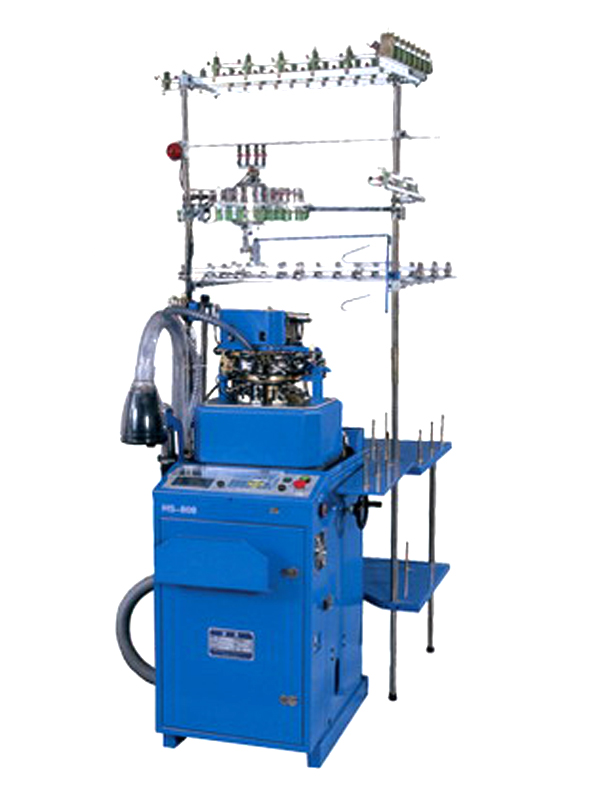The era of technological advancement has brought the cl […]
The era of technological advancement has brought the clothing industry to an end with the evolution of new designs and patterns in knitting technology. The introduction of new graphic design software has empowered engineers and designers to develop more technical and non-designed fabrics based on traditional woven construction. Apart from knitting software, the evolving trend of increased energy efficiency machines and reduced waste has also transformed the design of garment knitting. Currently, seamless knitting technology has accounted for almost 90% of the overall knitting market. Subsequently, a large number of manufacturers are moving towards seamless technology to benefit from both the speed of production and the environmental benefits. Recently, Santoni, a leading knitting manufacturer, presented its latest seamless circular knitting machine at the International Textile Machinery Exhibition (ITMA) 2019. In the same way, other players are also moving towards seamless manufacturing in order to reduce their production costs and increase their production speed.
Browse Full Report at Knitting Machines Market Size, Analysis, Trend And Forecast To 2027
By machine type, weft knitting machines are expected to grow at a rapid rate during the forecast period. The segment growth is mainly due to the prolonged evolution of circular knitting technology over the last few years. Many garment manufacturers have upgraded their circular knitting technology to improve their production by offering higher productivity and faster production speeds compared to other knitting machines. Circular knitting, however, has limited patterning capabilities, for which flat-bed knitting is preferred.
Geographically, the global market for knitting machines is being studied in North America, Europe, Asia Pacific and the rest of the world. North America and Europe are mature markets and mean moderate growth over the forecast period. The main reason behind North America and Europe's growth is their exponential growth in the technical textiles sector. These days, flat-cut technical textiles are growing at an alarming rate. The USA is the most attractive country to provide attractive production opportunities for knitted fabrics prominently on the east and west coasts. Moreover, Europe is one of the world's largest exporters of knitted fabrics. Collectively, the regions have highly developed automotive, healthcare, industrial and residential sectors, which are responsible for the high demand for knitting machines and textiles in the region.
The global knitting machines are a highly mature market with many players competing strongly with each other. The ongoing development of knitting software and analysis tools has increased competition to a greater extent. Nowadays, players are also seeking programming as an important tool for their long tradition in the knitting industry. Recently, the Massachusetts Institute of Technology (MIT) announced the development of an AI-based knitting software that will help to create custom clothing using the image of the desired product.

 NO.77, XieHe Road, ZhuJi City, ZheJiang, China
NO.77, XieHe Road, ZhuJi City, ZheJiang, China Tel:0086-0575-87566620
Tel:0086-0575-87566620 yuanhao8984@msn.cn
yuanhao8984@msn.cn

